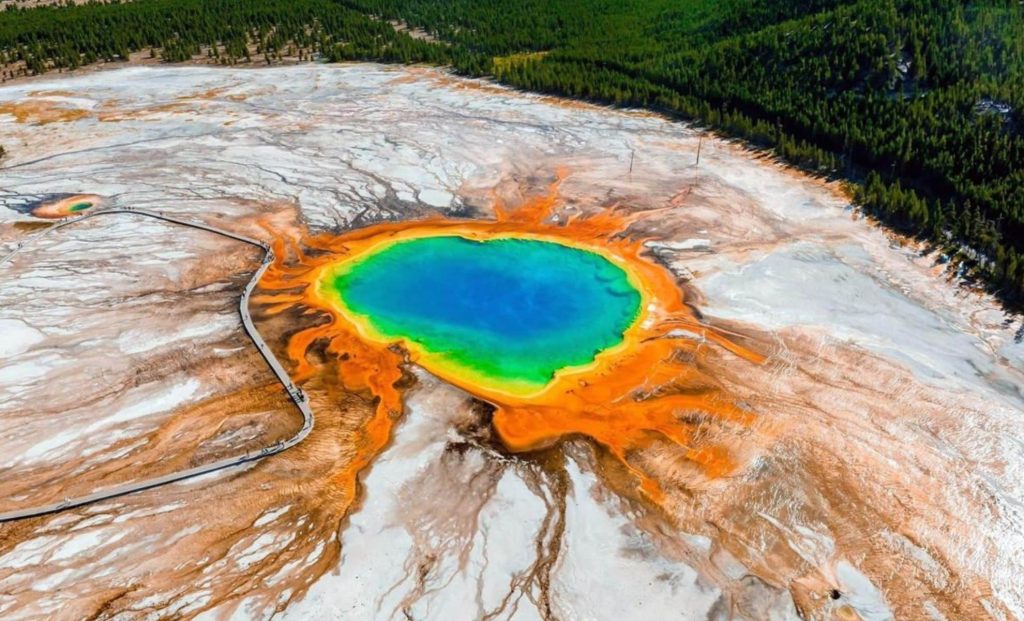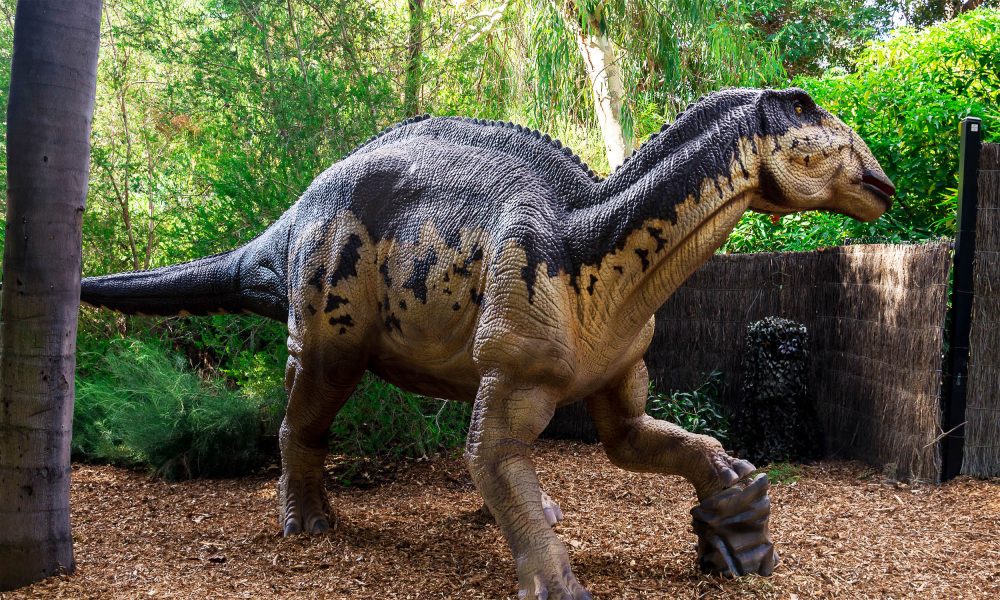Yellowstone Supervolcano New Study Fuels Speculation: Where and When Could It Erupt? – The Daily Galaxy –Great Discoveries Channel

Beneath Yellowstone’s geysers and hot springs, a vast volcanic system holds secrets that scientists are still uncovering. A new study has mapped hidden magma reservoirs, refining what we know about the park’s underground heat. One region stands out, showing signs of long-term molten activity. While there’s no imminent danger, the findings shift the conversation on Yellowstone’s volcanic future.Yellowstone National Park, located primarily in northwestern Wyoming and extending into Montana and Idaho, is home to one of the world’s most studied volcanic systems. This system has drawn the attention of geologists due to its dynamic nature and its history of supervolcanic eruptions. Recent research by the U.S. Geological Survey (USGS) and Oregon State University has provided a more detailed understanding of the magma reservoirs beneath the park.A study led by geophysicist Ninfa Bennington used magnetotelluric measurements to image the subsurface, revealing four distinct magma bodies beneath Yellowstone. Among these, the northeastern magma body appears to retain sufficient heat to remain partially molten over the long term, making it the most likely candidate for any potential future volcanic activity.Yellowstone has experienced three major eruptions over the past 2.1 million years, each leaving behind a caldera, a massive volcanic depression formed when magma is expelled, causing the ground above to collapse. These eruptions formed what is now known as the Yellowstone Caldera, measuring approximately 30 by 45 miles (48 by 72 km).The last of these supereruptions, the Lava Creek eruption approximately 631,000 years ago, left a landscape marked by geothermal activity, including geysers, fumaroles, and hot springs. These features are surface expressions of the vast heat reservoir beneath the park. Scientists continue to analyze these geothermal regions to track changes in subsurface conditions.The research team employed magnetotelluric instruments to detect variations in electrical conductivity underground, allowing them to map the distribution of molten rock beneath Yellowstone without drilling.Their findings indicate that rhyolitic melts are stored in segregated regions beneath the caldera, suggesting that magma is not evenly distributed but rather concentrated in specific areas. The northeastern magma body, located beneath the northeastern section of the Yellowstone Caldera, was identified as the only reservoir with long-term heat retention, making it a focal point for future monitoring efforts.A schematic map of Yellowstone’s volcanic structure highlights several key geothermal areas:These basins are surface indicators of the heat below and align with the mapped locations of magma reservoirs.While the presence of four distinct magma bodies was confirmed, only the northeastern sector appears to retain enough heat to remain partially molten long-term. This refines previous models that considered multiple regions as potential future eruption sites.Bennington and her team noted, “We suggest that the locus of future rhyolitic volcanism has shifted to northeast Yellowstone Caldera.” This statement pinpoints a specific area for continued geological research and hazard assessments.While no immediate threat exists, understanding where magma is accumulating provides valuable insight into how Yellowstone’s volcanic system evolves over time.Yellowstone is often compared to other supervolcanoes, particularly Toba in Indonesia, which last erupted 74,000 years ago. This eruption led to significant global climatic impacts, including a volcanic winter. Studying supervolcanic activity worldwide helps geologists determine common patterns in magma accumulation and eruption timing.Comparisons with Toba, Taupō (New Zealand), and Campi Flegrei (Italy) reveal that deeply buried magma behaves differently in each system, depending on regional geological conditions. By understanding these variations, researchers refine their ability to model and predict volcanic activity on a global scale.The Yellowstone Volcano Observatory (YVO), a joint program between the USGS, the University of Utah, and the National Park Service, plays a key role in monitoring the park’s volcanic activity. YVO tracks several indicators of volcanic unrest, including:YVO provides real-time updates to the public through its website and research bulletins, ensuring transparency and informed decision-making.Despite widespread speculation, geologists emphasize that a catastrophic Yellowstone eruption is extremely unlikely in the foreseeable future. Supervolcanic eruptions require very specific conditions that rarely align, and the geologic record suggests that Yellowstone is not currently moving toward such an event.Current models show that most of the magma beneath Yellowstone is solidified or partially molten, but not in a state conducive to an eruption. Minor ground movement and hydrothermal activity are normal in a region with a deep heat source, but they do not indicate a brewing disaster.The study is published in Nature.Got a reaction? Share your thoughts in the commentsEnjoyed this article? Subscribe to our free newsletter for engaging stories, exclusive content, and the latest news.Comment Save my name, email, and website in this browser for the next time I comment.
© 2024 | Daily Galaxy | All rights reserved






